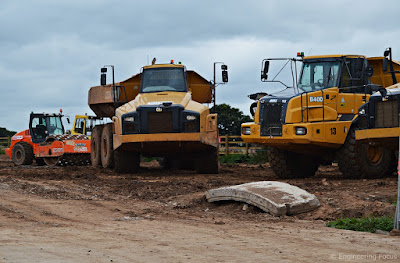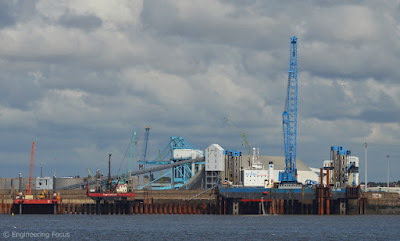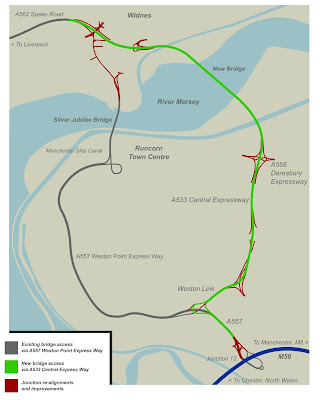On the 24th August (2015) the BBC reported Commuter groups angry at train 'cuts' from North West. The shock headline felt like another blow for passengers in the North who have already seen trains move south.
In May (2015) First TPE lost 5 of it's class 170s which are owned by Porterbrook Leasing to Chiltern Railways. In total FTPE will lose 9 of it's 170s, however an agreement was reached which meant that FTPE could keep hold of 4 170s until February 2016.
First TPE 170 stand at Manchester Airport March 2014
In the meantime FTPE have subleased 6 class 156s from Northern rail in order to provide services between Manchester Airport and Blackpool North. Class 185s have in turn moved to services between Manchester and Hull via Leeds in order to make up for the loss of 170s.
Northern has benefited from the arrival of refurbished 319s which are operating on newly electrified lines between Liverpool Manchester and Preston, however Northern has been forced to hire loco hauled trains due to shortages.
Northern class 319 on the first day of electric services between Liverpool and Manchester
2, 4 coach Mk2 sets hauled by class 37s have been leased from DRS to provide services on the Cumbrian coastline. This in turn released a unit to provide an hourly service between Manchester and Burnley over the recently reopened Todmorden Curve.
Despite First TPE introducing 10 brand new class 350s on it's Manchester to Scotland service, the loss of 5 170s has meant a lot of timetable and unit reshuffling. The reshuffle is only a short term measure and it is uncertain what will happen after February 2016 when a further 4 170s move to Chiltern.
So it it would seem understandable then that commuter groups should feel angry at the loss of 17 electric trains from Northern. The 323s are currently used on a number of services including Manchester Piccadilly to Crewe via Manchester Airport and Manchester Piccadilly to Hadfield.
What the BBC report does not say however is that the move is not due to take place until 2018/2019.
Porterbrook Commercial Director Olivier Andre told RAIL on August 25: “All the bidders for the Northern franchise have access to the Class 323 until 2018/2019. source Rail
London Midland 323 leaving Crewe
It's not all good news for London Midland either, as in December this year (2015) 7 of it's class 321s will be moving North to Scotrail to provide services between Glasgow Central and Lanark. London Midland will make up for this loss by leasing class 319s which are being cascaded from Thameslink services.
The reason for this shuffling of stock is due to the fact that both the First TPE and Northern franchises are due to come to an end in February 2016. In fact they were supposed to end in March this year (2015) but were awarded an extension to 2016. Therefore the companies that lease the trains face uncertainty about the future of the their rolling stock.
It is for this reason that Porterbrook has chosen to lease it's trains to an operating company who can offer more long term certainty. Chiltern in Contrast to Northern and First TPE has a franchise agreement which extends to 2021.
The report does go on to say that "A spokesman from the Department of Transport said they would bring in "at least 120 brand new carriages".". This of course is good news for the North, however it will not solve the capacity problem in the short or medium term. The 120 new diesel units which will not be available for several years are intended specifically to replace the unpopular Pacer units operated by Northern of which it has over 100.
A quick tally of what we know so far about train movements and new trains promised by the government gives the North a potential overall loss of 3 carriages by 2020, assuming the north retains 319s and 15Xs which will be getting on for between 30 and 35 years old by then.
[Edit] Table adjusted to take into account number of carriages rather than simply the number of train units
[Edit] Table adjusted to take into account number of carriages rather than simply the number of train units
click to enlarge
It's taken a lot of investigation and this is an evolving situation. If you spot a mistake or have an update feel free to comment or e-mail Blog@EngineeringFocus.co.uk
Follow Engineering Focus
































